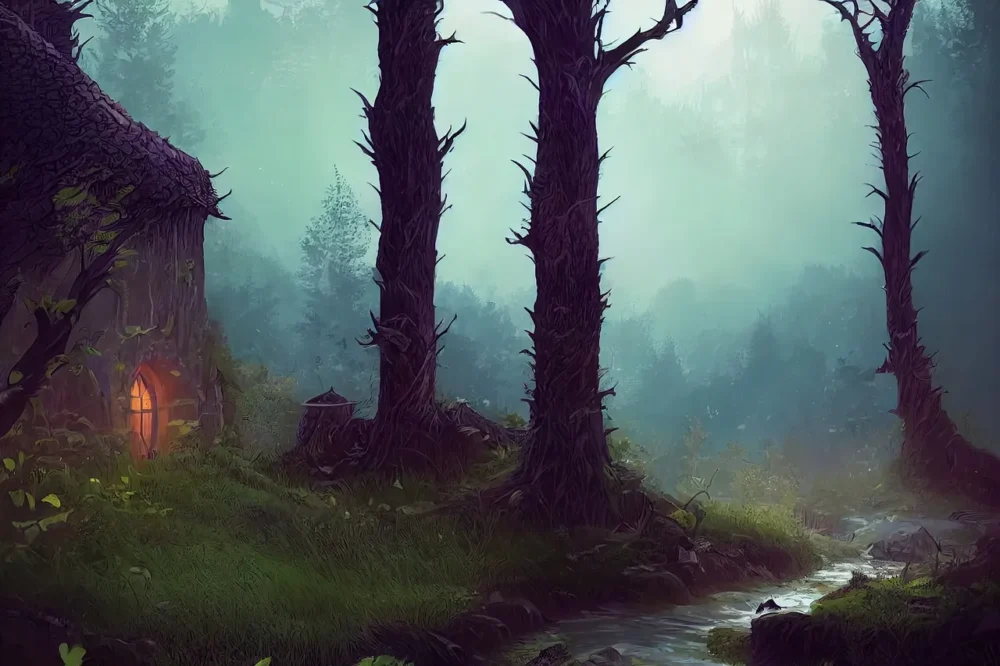By LEON YOUNGBLOOD
If you have ever met an Oklahoma native fringetree—chionanthus virginicus—in bloom, consider the encounter a blessing. The cascading, frilly blooms of this understudy tree are beautiful beyond words, and after the initial awe, the observer thinks to himself, “Hmm. I want a tree like that.”
BRIAR CIRCLE
The impression established and the desire planted, the observer scrounges around the periphery of the tree hoping to find seedlings or baby trees or something to dig up with his nail clippers and transplant, but the search is futile. He determines to come back in a couple weeks with a shovel and time for a thorough search. Two weeks later, however, the blooms are gone, and the tree is concealed in the woodland greenery.
At least this is how it happened to me. Years ago, I found my fringetree along the south entrance to Briar Circle, and the described response was mine. I worked those years, and was generally unable to be at the wilderness shack in the Ouachitas to admire and appreciate the spring blooming season. This year I could go during the season and stay as long as I wanted. I did, and happily, I rediscovered the tree.
I do not know about Arkansas fringetrees, or those in Alabama, New Jersey, Florida, or anywhere else east of Oklahoma that they grow, but in Oklahoma, they are a rarity. Cultivars are planted in other eastern regions of the state, but the natives are partial to only a few counties in the Ouachita Mountains. And they are as finicky as they can be, too!
First, they want acidic soil. Right away, this keeps them on the eastern side of our state. They like the forests and mountains, and will grow 20 feet high or more in the right environment. Or, they may remain shrubby. There are two I know of near Briar Circle, one a single-trunk, 15-feet tree, the other a massive shrub.
Fringetrees are either male or female, with no gender confusion. The male trees have more blooms, but the female trees produce the seed pods.
According to sources at Oklahoma University (I “googled” all this information.), fringetree flowers appear from March to June. I do not know about those OU trees, but at Briar Circle, they show up from late April to May, and last only two or three weeks.
If the tree is female, seed pods are produced, and birds and other animals apparently like them. To become viable, however, they require a summer of heat and a cold winter, and other complicated conditions, and if things suit them, they might sprout if they feel like it. It may take a year or longer to sprout, but they’re in no hurry. Their fruits mature from August to October, and I was going to get seeds and refrigerate them for a month before sowing them directly in the ground, for they do not transplant well.
Another way to propagate fringetrees is from cuttings collected in the spring. This is the method I’m trying. Following “web” instructions, I gathered soft-wood cuttings, used a “root hormone” powder, and planted my cuttings in a 50-50 mixture of peat moss and perlite. I planted 25 cuttings. We will see what happens, but the online advice was to “not get my hopes up.”
Fringetrees are like certain people I’ve known: they’re not happy unless they’re making things as complicated as possible. It’s no wonder they’re so sparse in southeast Oklahoma!
Fringetree is the name I prefer, but they are also known as “old-man’s beard” and “grancy grey-beard,” the latter being a cultivar. I’m picky about this sort of thing. I do not want a cultivar, I want a native fringetree, a chionanthus virginicus. Like I said, I’m picky about this sort of thing.
It may seem a lot of trouble for three week’s worth of bloom. But if you have ever seen a fringetree in bloom, you understand.
Discover more from leflorecountyjournal
Subscribe to get the latest posts sent to your email.





